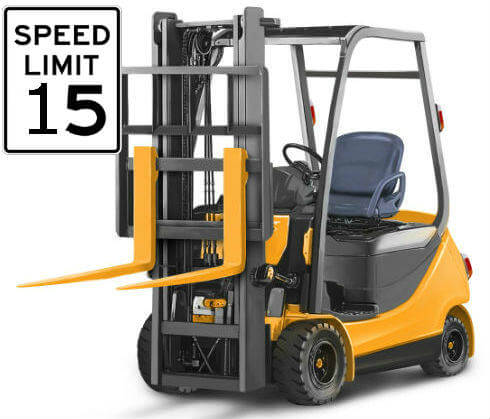
Unseen Dangers in Manufacturing: Safety Tips for Four Key Sectors
July 18, 2022
Machine Safety: A Strategic Asset for Industrial Success
July 18, 2022
Unseen Dangers in Manufacturing: Safety Tips for Four Key Sectors
July 18, 2022
Machine Safety: A Strategic Asset for Industrial Success
July 18, 2022In industrial safety, the condition of your machinery is the backbone of your operations. Imagine a machine inspector, meticulously assessing equipment to detect issues that could compromise performance or safety. This process relies on an efficient exchange of information between the inspector and the machine. But what if the equipment isn’t properly prepared for inspection? To prevent costly oversights, it’s crucial to ensure your machines are inspection-ready.
Crafting an Effective Inspection Plan
Effective inspections begin with a proactive approach. Start by identifying potential machine faults and their root causes. Compile a detailed list of possible issues and design an inspection plan to detect them early. Take shaft misalignment as an example: Do you have a reliable method for identifying it? Are additional tools or modifications necessary? By addressing these questions upfront, you lay the foundation for effective inspections and long-term machine health.

Bridging the Gaps in OEM-Delivered Machines
Original equipment manufacturers (OEMs) rarely supply machines optimized for inspections. Instead, plant operators must retrofit equipment with the necessary features during commissioning or routine maintenance. Retrofitting might involve adding inspection ports, improved guards, or monitoring devices. Understanding these requirements and taking timely action ensures your machines meet the demands of rigorous inspections.
The Importance of Managing Contaminants
A clean machine is an inspectable machine. Contaminants, both external and internal, can obstruct critical inspection points. External grime might conceal surface defects, such as corrosion or cracked paint, while internal sludge can obscure the properties of lubricating oils, complicating analysis. Implement a regular cleaning schedule to maintain visibility and support accurate inspections.
Key Enhancements for Smarter Inspections
To elevate your inspection process, consider these practical upgrades:
- Expanded Metal Guards – These replacements for traditional guards offer enhanced safety while enabling a clear view of moving parts.
- Sample Ports – Strategically positioned ports simplify at-machine fluid inspections, saving time and improving accuracy.
- Grease Purge Traps – These devices enable quick assessments of lubricant health, detecting changes in hardness or oil content before they lead to more significant issues.
Striking the Right Balance
Investing in inspection readiness isn’t just a best practice—it’s a necessity. Underinvestment can lead to significant costs, including compromised machine health and operational risks. By prioritizing preparation and adopting inspection-friendly enhancements, you protect your machinery, operations, and workforce.
For tailored solutions in industrial safety and expert advice on workplace optimization, turn to EZSecur. Visit www.ezsecur.com for more information.





